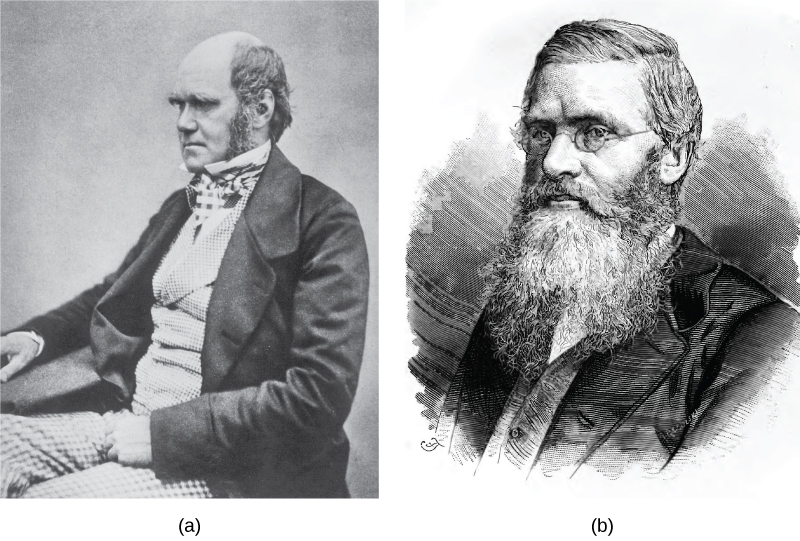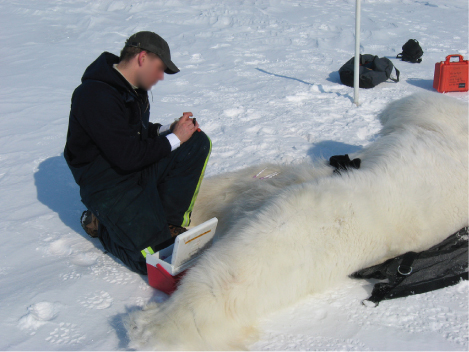| << Chapter < Page | Chapter >> Page > |

Demonstrations of evolution by natural selection are time consuming and difficult to obtain. One of the best examples has been demonstrated in the very birds that helped to inspire Darwin’s theory: the Galápagos finches. Peter and Rosemary Grant and their colleagues have studied Galápagos finch populations every year since 1976 and have provided important demonstrations of natural selection. The Grants found changes from one generation to the next in the distribution of beak shapes with the medium ground finch on the Galápagos island of Daphne Major. The birds have inherited variation in the bill shape with some birds having wide deep bills and others having thinner bills. During a period in which rainfall was higher than normal because of an El Niño, the large hard seeds that large-billed birds ate were reduced in number; however, there was an abundance of the small soft seeds which the small-billed birds ate. Therefore, survival and reproduction were much better in the following years for the small-billed birds. In the years following this El Niño, the Grants measured beak sizes in the population and found that the average bill size was smaller. Since bill size is an inherited trait, parents with smaller bills had more offspring and the size of bills had evolved to be smaller. As conditions improved in 1987 and larger seeds became more available, the trend toward smaller average bill size ceased.

One objective of many field biologists includes discovering new species that have never been recorded. Not only do such findings expand our understanding of the natural world, but they also lead to important innovations in fields such as medicine and agriculture. Plant and microbial species, in particular, can reveal new medicinal and nutritive knowledge. Other organisms can play key roles in ecosystems or be considered rare and in need of protection. When discovered, these important species can be used as evidence for environmental regulations and laws.
Natural selection can only take place if there is variation , or differences, among individuals in a population. Importantly, these differences must have some genetic basis; otherwise, the selection will not lead to change in the next generation. This is critical because variation among individuals can be caused by non-genetic reasons such as an individual being taller because of better nutrition rather than different genes.

Notification Switch
Would you like to follow the 'Biology' conversation and receive update notifications?